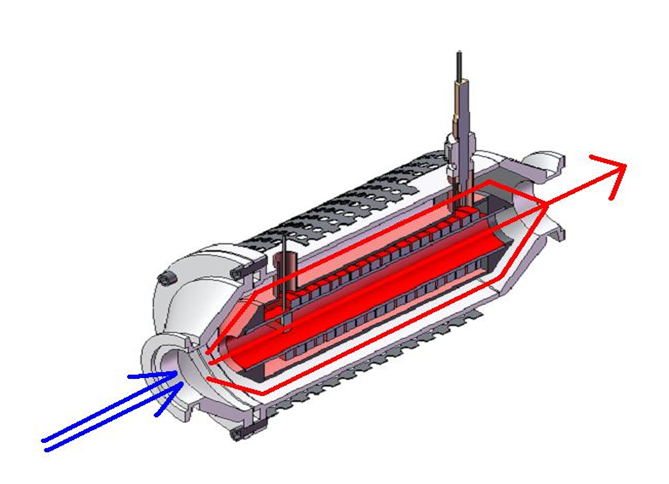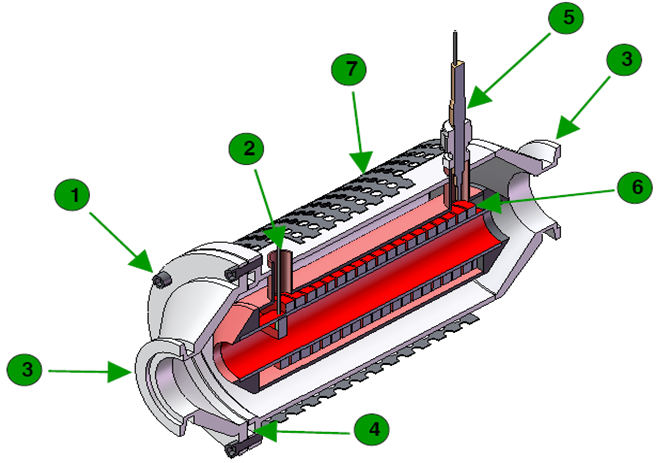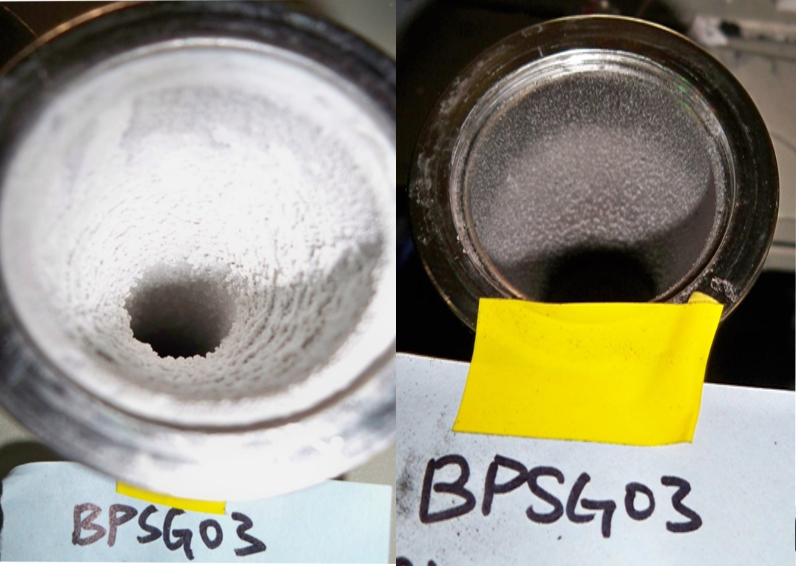Advanced Heating Vessel (AHV)
Description
The Ex’et issues are matters that had never fully been resolved since the rise of
the semiconductor industry. Examples of unresolved recurring issues include but
are not limited to Power Clogging, Leaks, Utility Increases, Coo Increases, and
Environmental Impacts. The initial development of Ex’et was to minimize costs while
simultaneously maximizing product effectiveness.
1. Heat jacket The methods that are currently in place causes the by-product to
accumulate inside the column.
2. ETS –Hot N2 The ETS method takes in the N2 and mixes with the by-product, immediately
matching the temperature levels, allowing a more efficient flow to be pushed out.
3. AHV- Internal Heating System The heater within facilitates in eliminating excessive
moisture which allows the by-product to pass more effectively.
Principle
In a heated state, the Heating Chamber will take in the flow of waste gas into both
the inner and outer channels. While leveling the temperature, the heating chamber
emissions will then immediately begin to absorb the moisture from the process waste
gas. The results of the efficiency can be observed at the pipe connections. The
utilization of the Heating Chamber method will undoubtedly improve productivity
efficiency.


Parts Diagram

- P/M Flange Dividing Bolt - The fixation bolt for P/M and repair of the H/C
- Heater Electric Supply Port - The portion which electric supply port of heater
is inserted
- NW50(IN/OUT) - C-Clamp connecting Flange for connecting with a pipe
- O-RING - NW80
- Temp Sensor Port - Port which T/C is inserted
- Heater - Rising temperature of H/C
- Heat insulating board - Protect a burn and a fire from the emitted heat
POU Inlet Use Example
